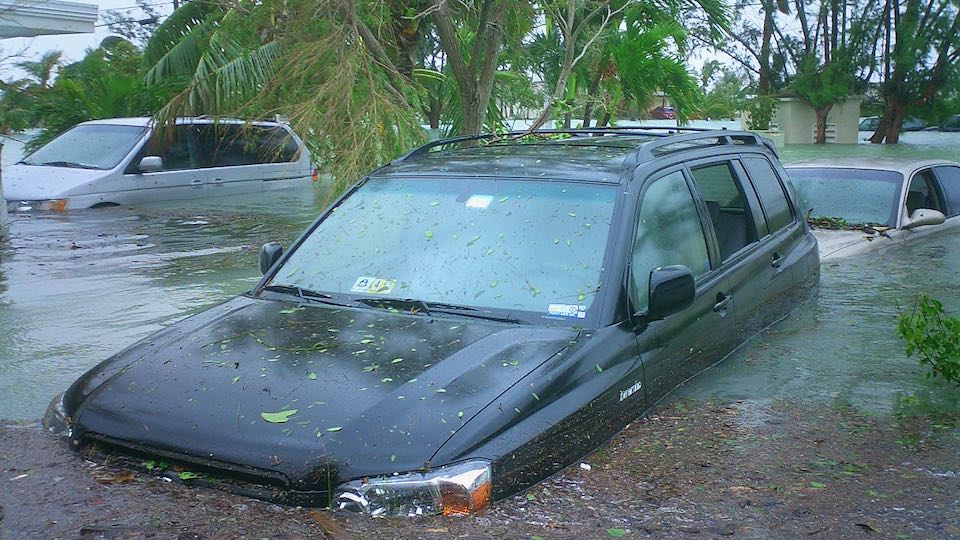U.S. officials: Most rapid sea level rise in 2,000 years

Sea levels on U.S. coasts could rise as much in the next 30 years as they did throughout the entire 20th century. According to a report published Tuesday by several U.S. agencies, sea levels are expected to rise 25 to 30 centimetres by 2050.
That would lead to significantly more flooding in coastal areas and would also put major metropolitan areas on the East Coast increasingly at risk. In parts of the U.S. states of Louisiana and Texas, the authors even expect a rise of up to 45 centimetres by mid-century.
The study involved the space agency NASA, the environmental agency NOAA and five other government institutions. The report includes projections of sea level rise for all U.S. states for the next 100 years and beyond. The findings come from tide gauge and satellite observations, among other sources.
“This report supports previous studies and confirms what we have long known: Sea levels are continuing to rise at an alarming rate, endangering communities around the world,” said NASA chief Bill Nelson. “Science is indisputable and urgent action is required to mitigate a climate crisis that is well underway.” Over the course of the 20th century, he said, the ocean has already risen at the fastest rate in 2,000 years.
New areas will be affected
For the U.S., rising tides will be a major problem, because 40 percent of the population lives on the coasts. The country is already regularly hit by floods. However, “the coastal flooding that we’re seeing now in the United States will be on a whole new scale in a couple of decades,” geoscientist Andrea Dutton of the University of Wisconsin-Madison told the Tagesschau.
By mid-century, scientists expect U.S. areas currently regularly affected by minor floods to experience increasingly “moderate” (typically damaging) floods in the future. These are expected to occur on average ten times more frequently by 2050 than they do today.
Oceanographer William Sweet, lead author of the report, also pointed out there would be “inundation of areas that have not previously experienced flooding.” “Severe” (often destructive) flooding would be projected to occur five times more frequently (0.2 events per year) by mid-century than it does today.
The projections do not yet include factors that exacerbate coastal flooding, such as rainfall or coastal erosion from waves. Higher sea levels, he said, further exacerbate the effects of storm surge, flooding, coastal erosion, and wetland loss. Due to threshold effects, even the comparatively small rises in sea level in recent decades have led to greatly increased frequency of flooding in many places along U.S. coasts, he said.
By the end of the century, sea levels along U.S. coasts are projected to rise by as much as about a meter. The East would be affected somewhat more than the West. The worst consequences would occur after 2100, Sweet explained.
Cause: Man-made emissions
To prevent the worst from happening, future greenhouse gas emissions would have to be curbed. “The higher the emissions, the more severe the warming and the more likely the sea level rise,” the scientists said. This is because rising temperatures are causing water masses to expand. In addition, glaciers and ice in Greenland and Antarctica are melting.
With global warming of more than 3 degrees Celsius above pre-industrial levels, a much greater rise in sea level is possible in the U.S. and worldwide, they said, because the ice sheets in Greenland and Antarctica would melt faster. However, NOAA says it is not known how much additional warming is needed to trigger this, because current calculation models are still too imprecise. (hcz)